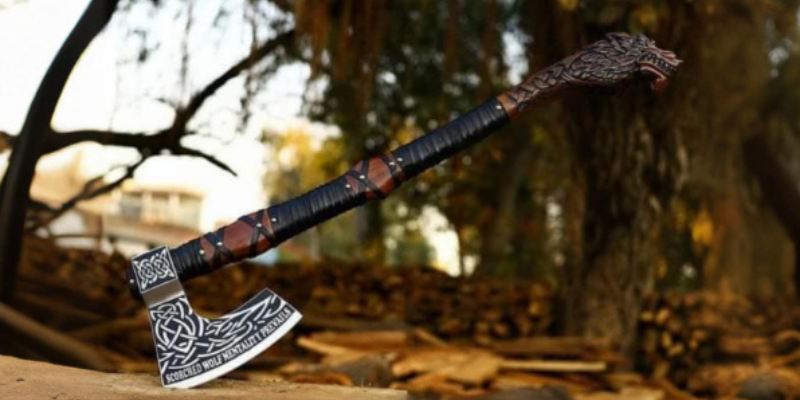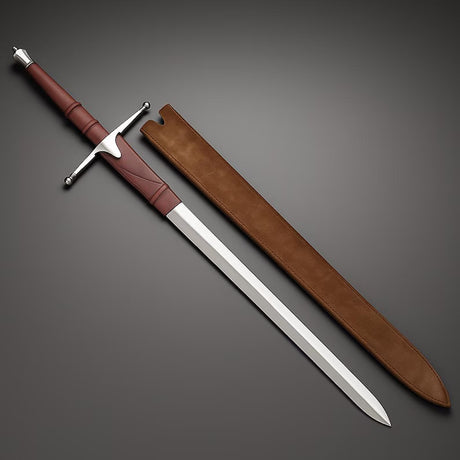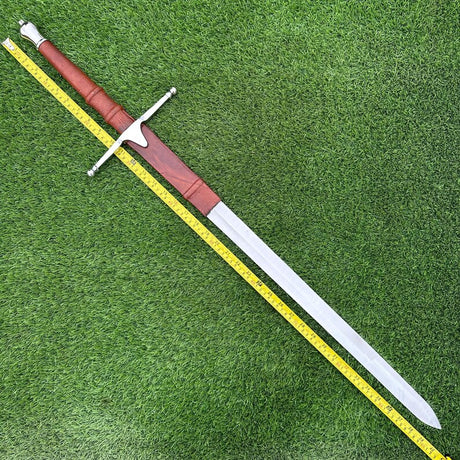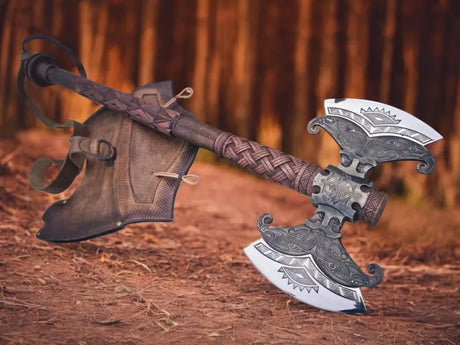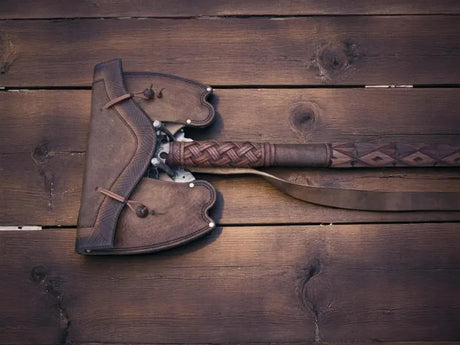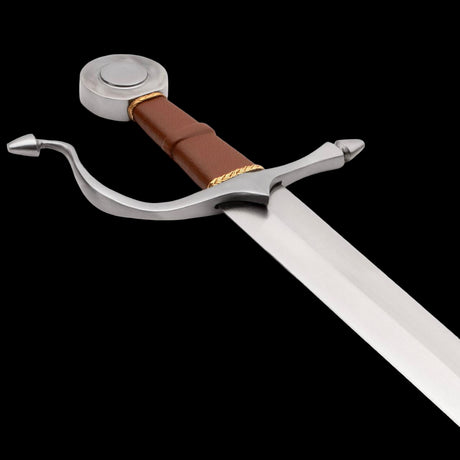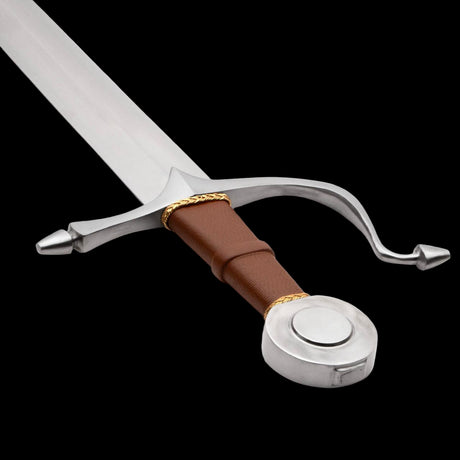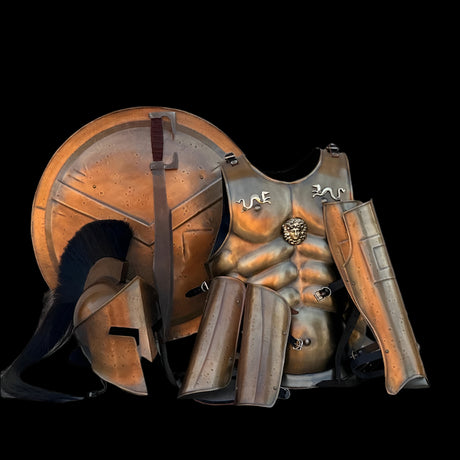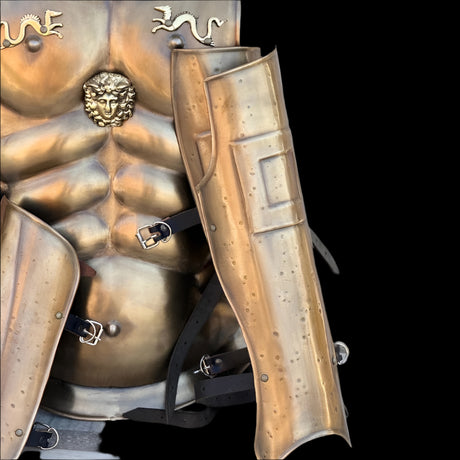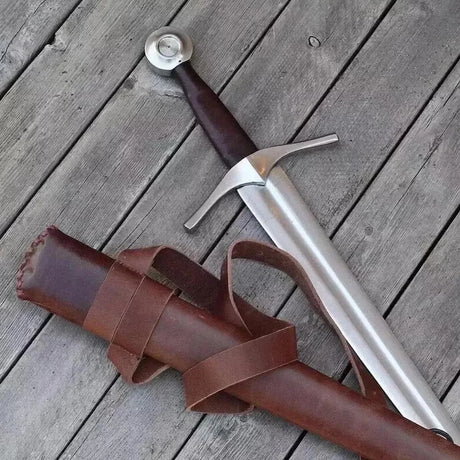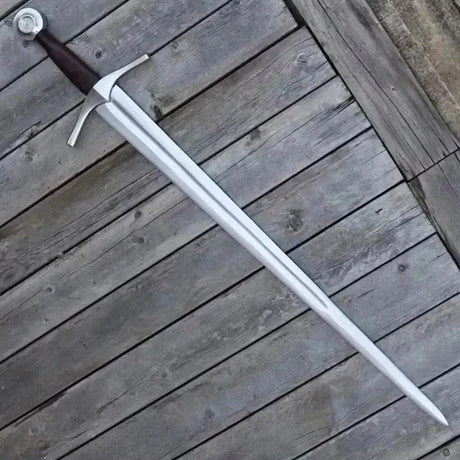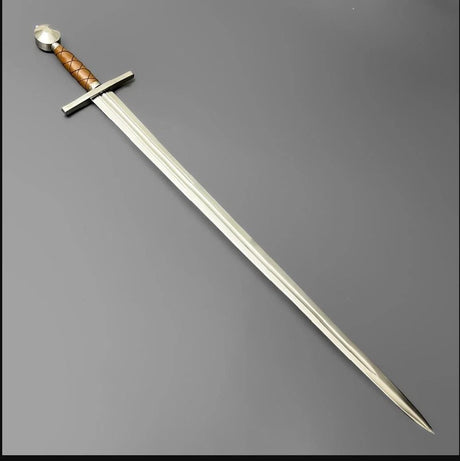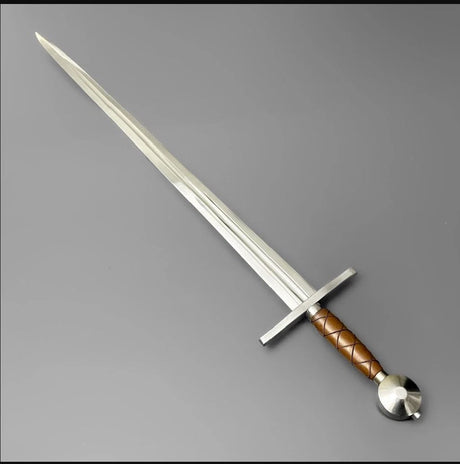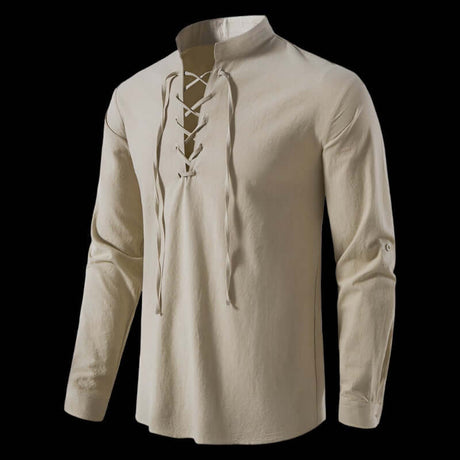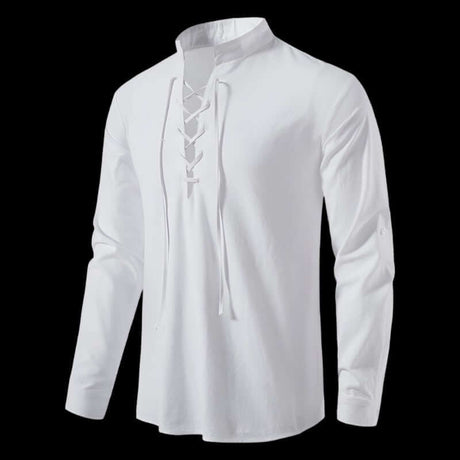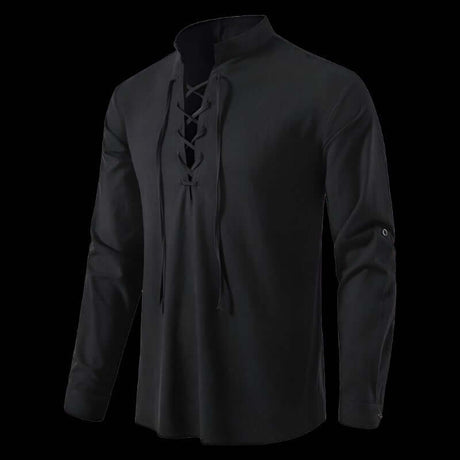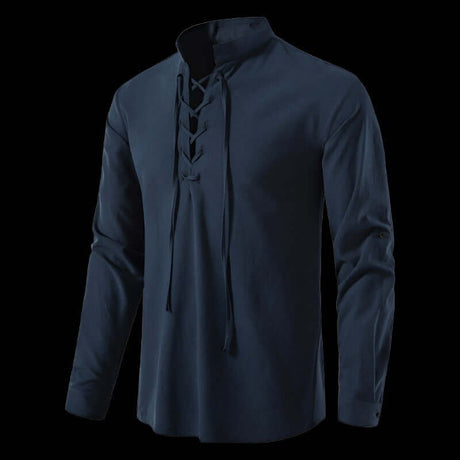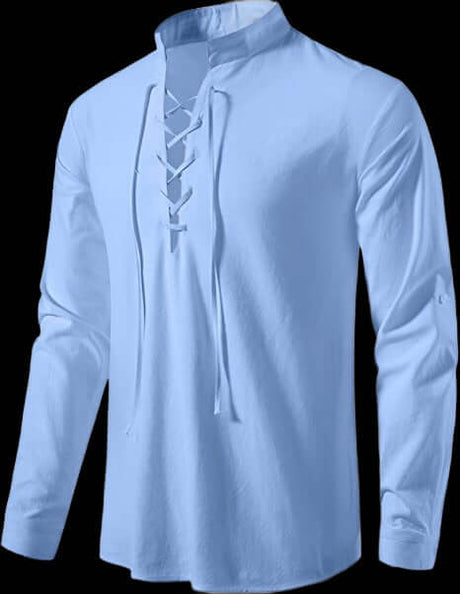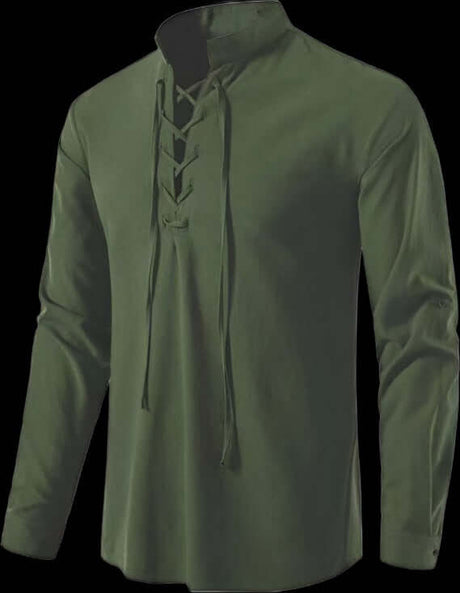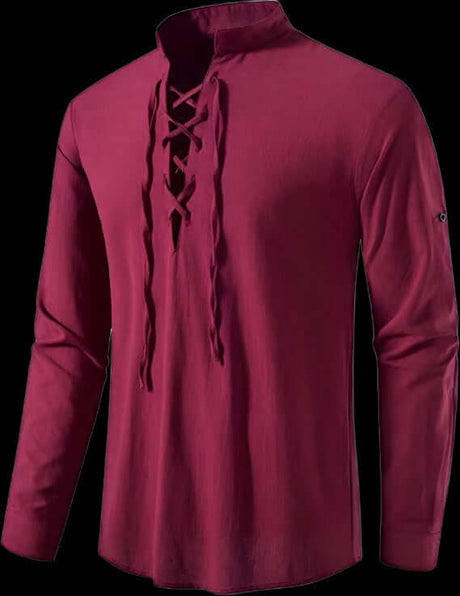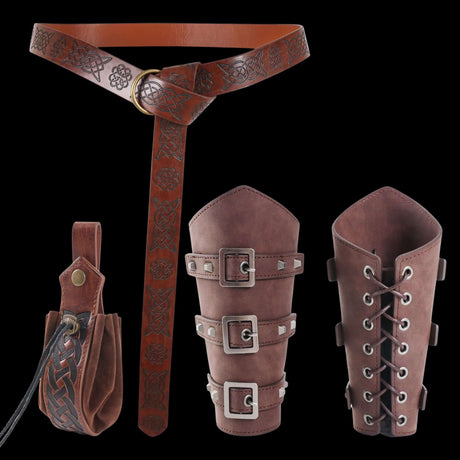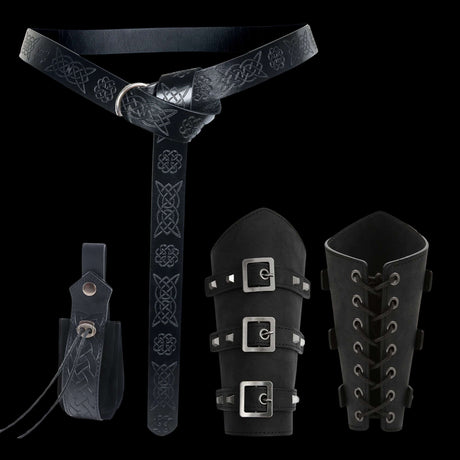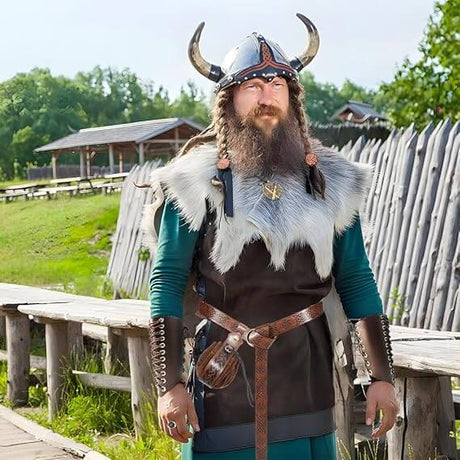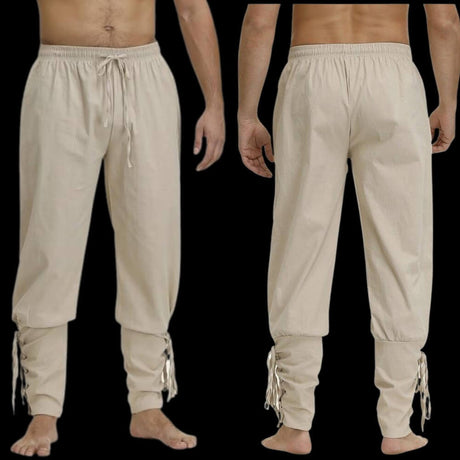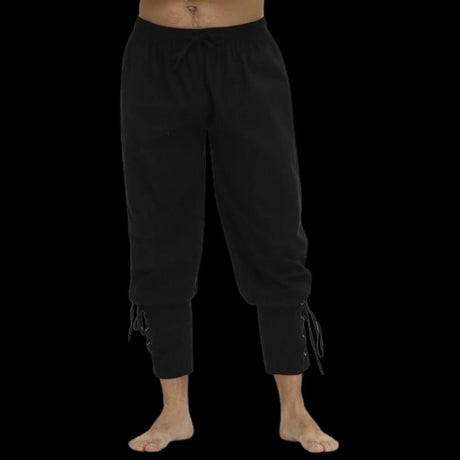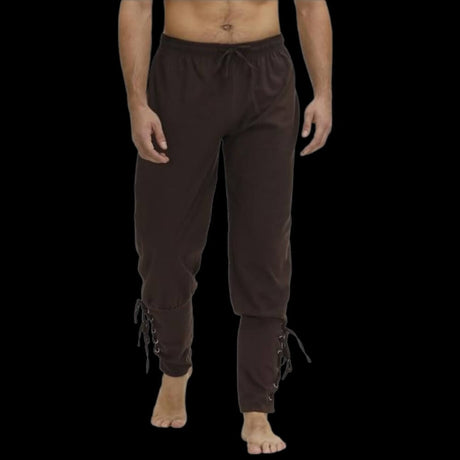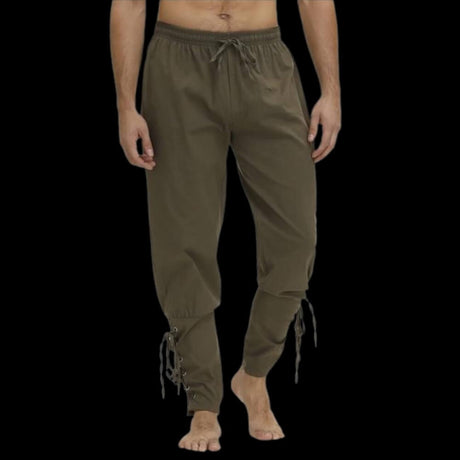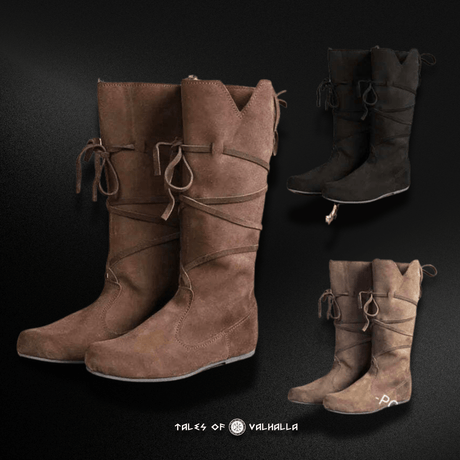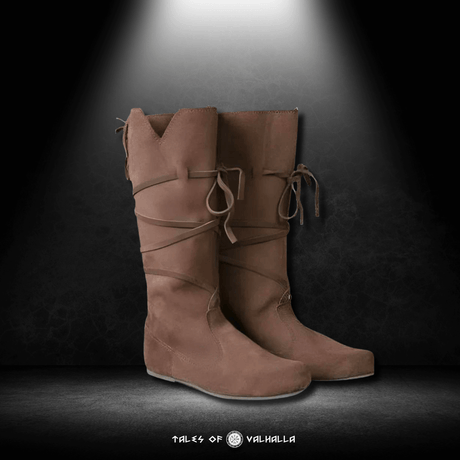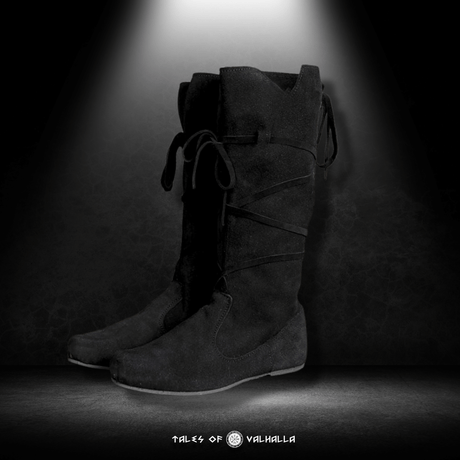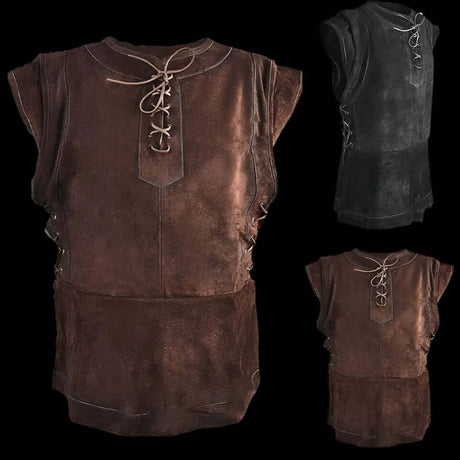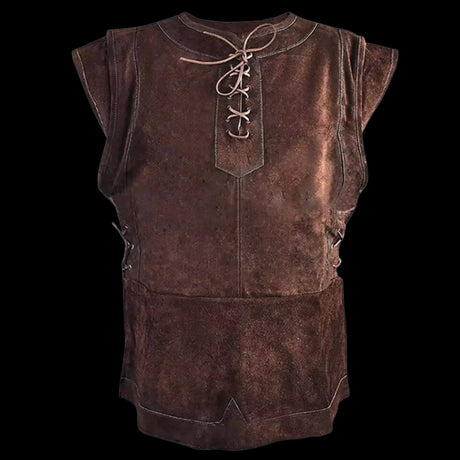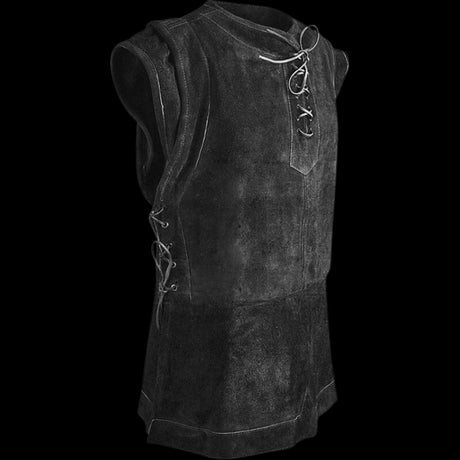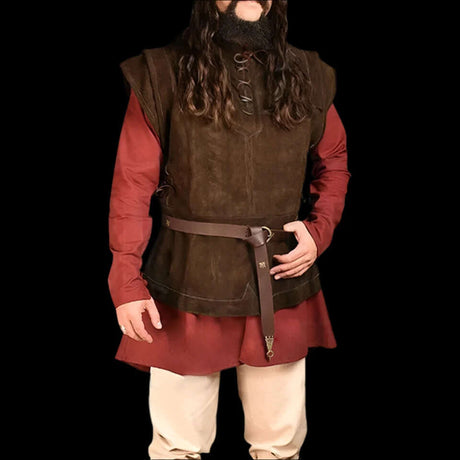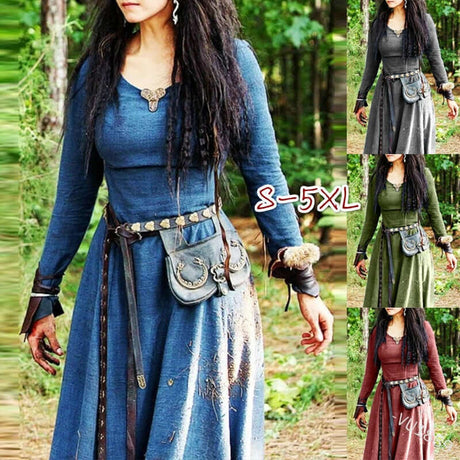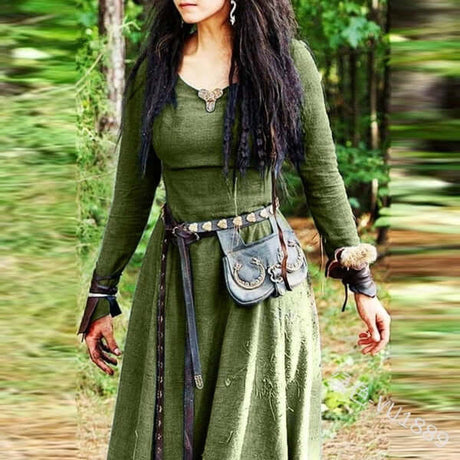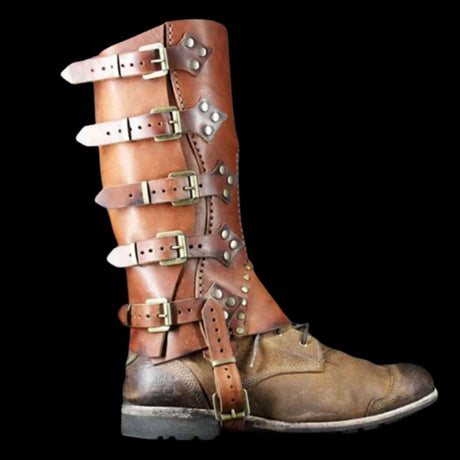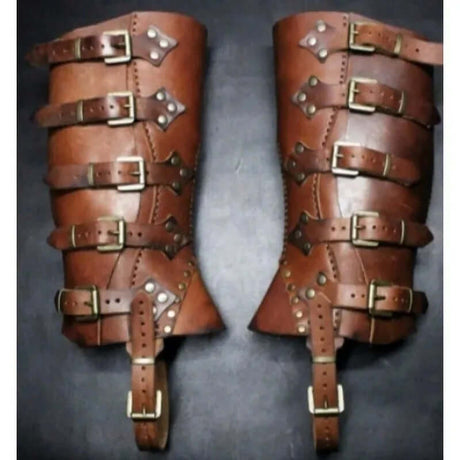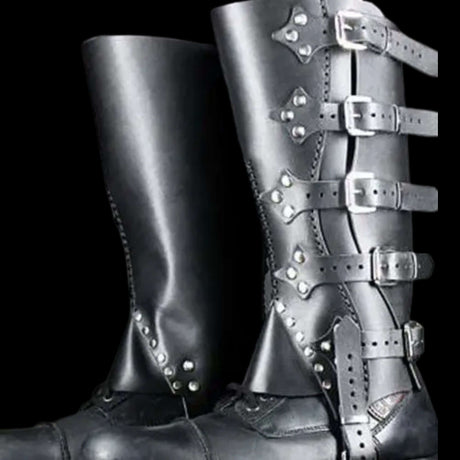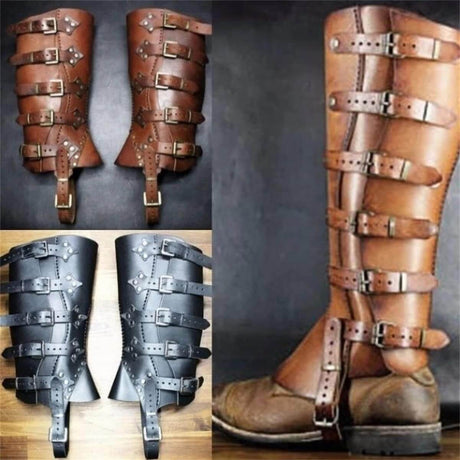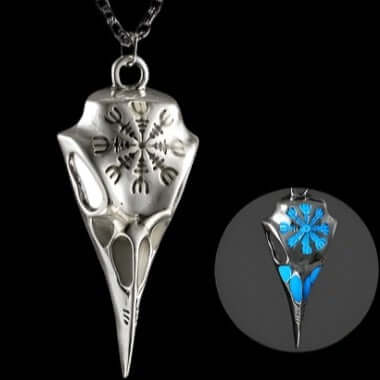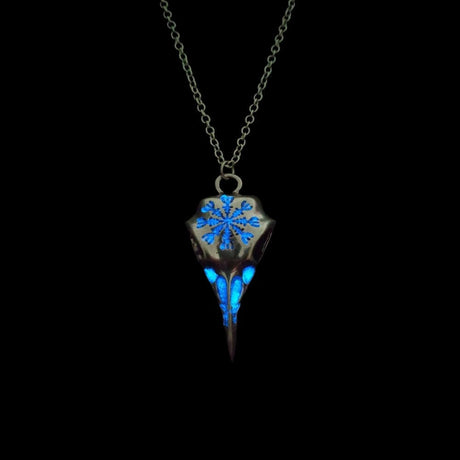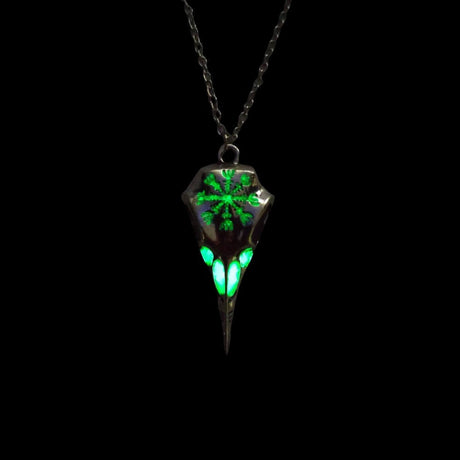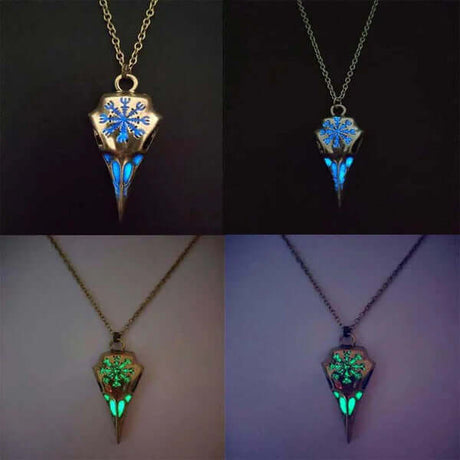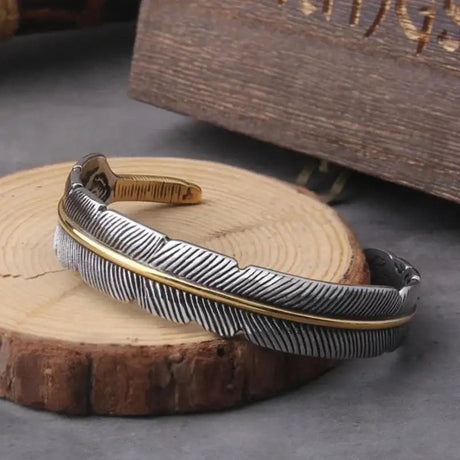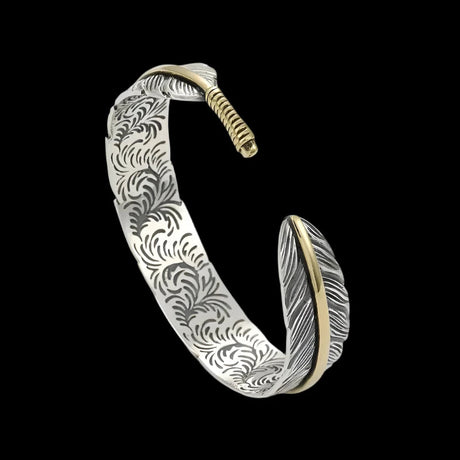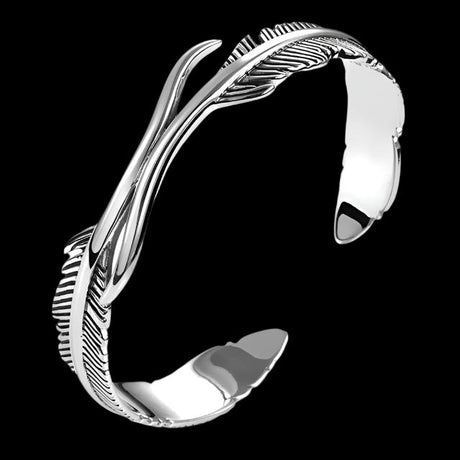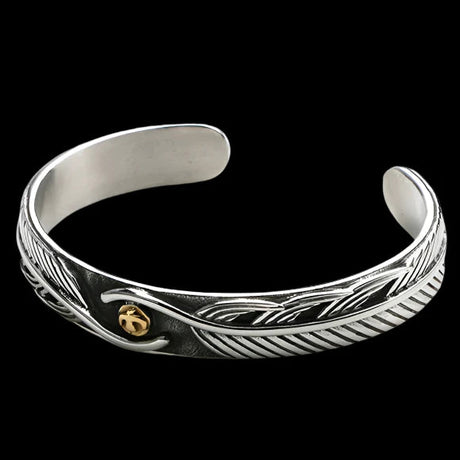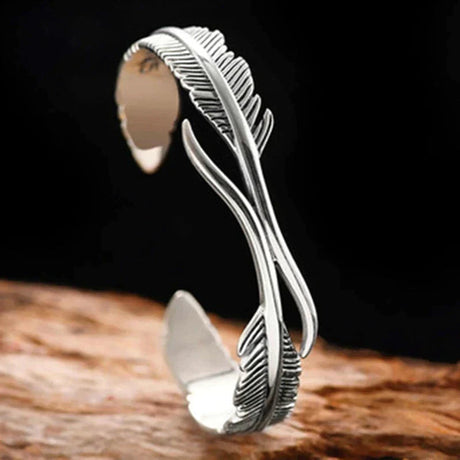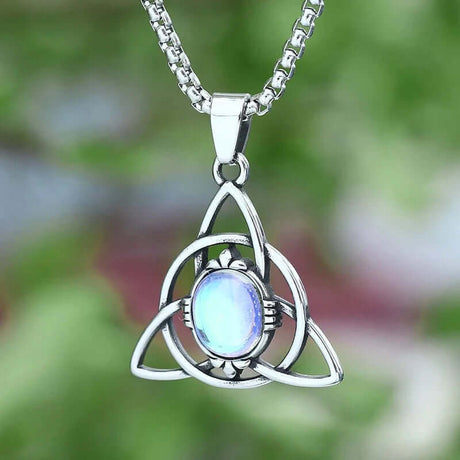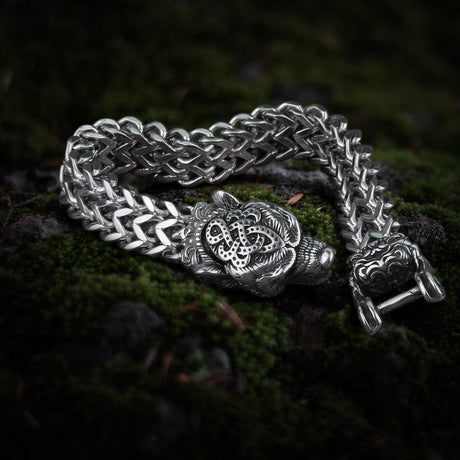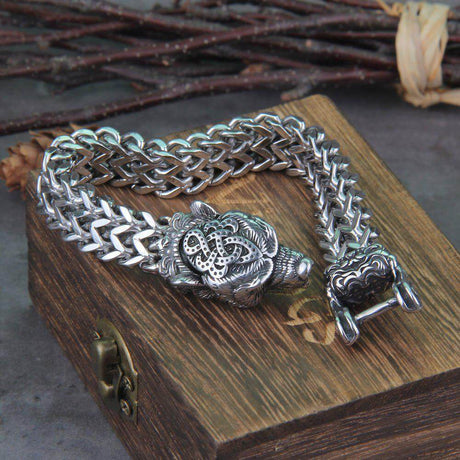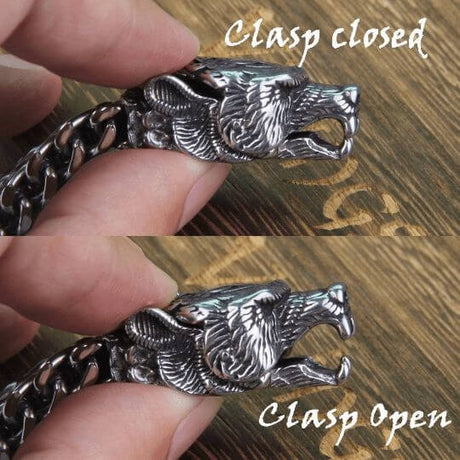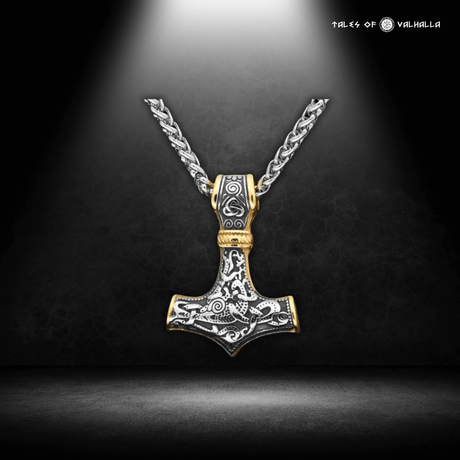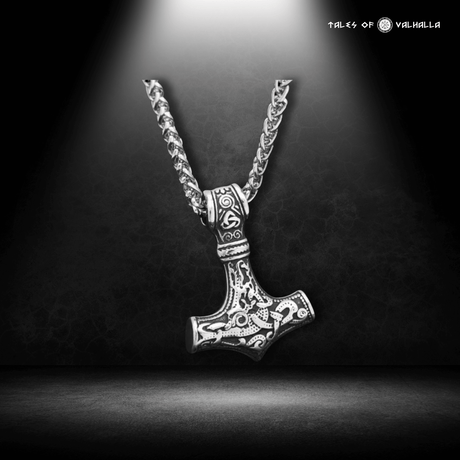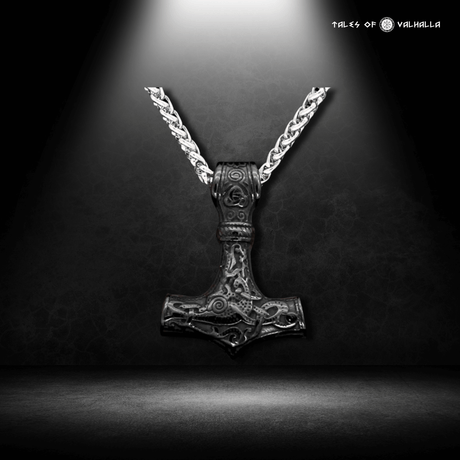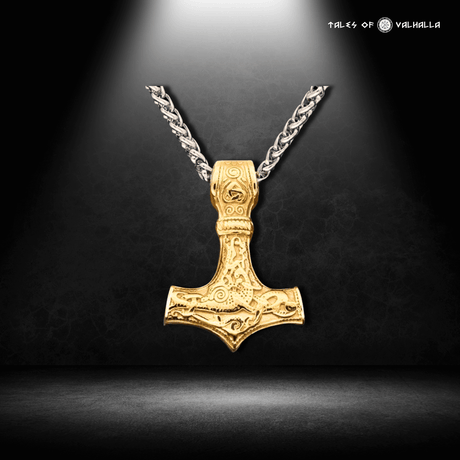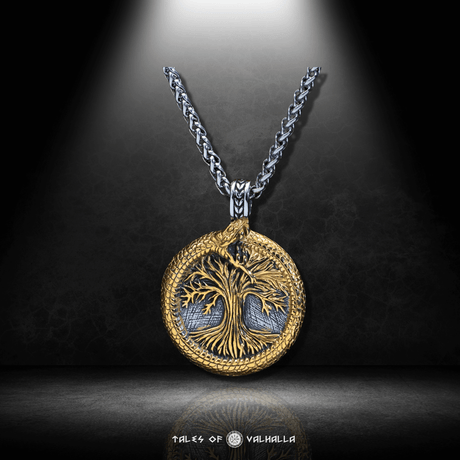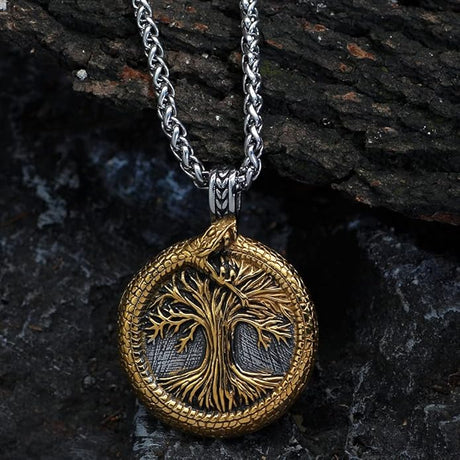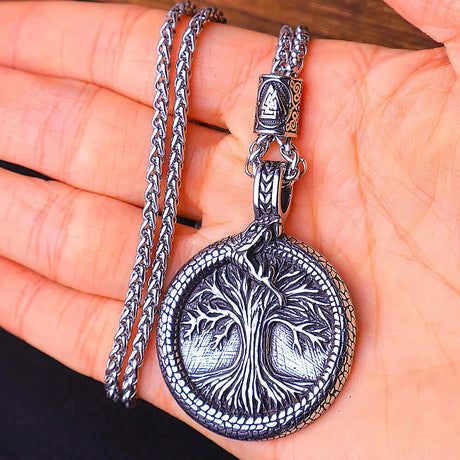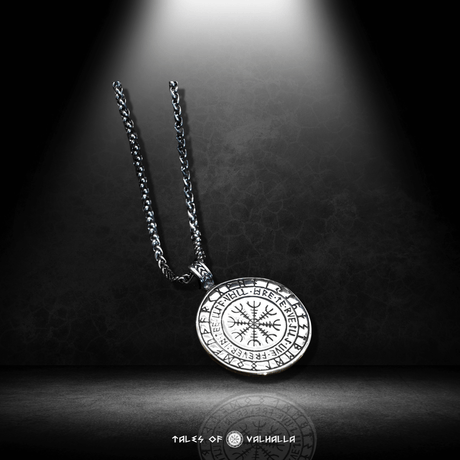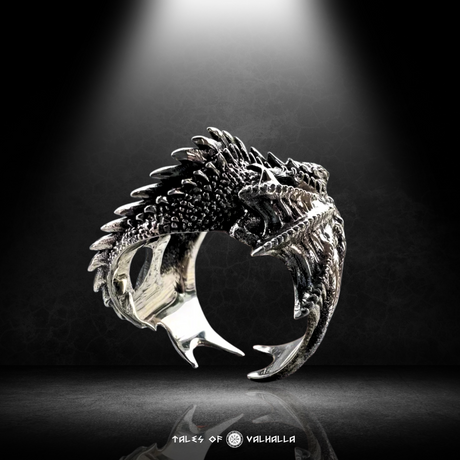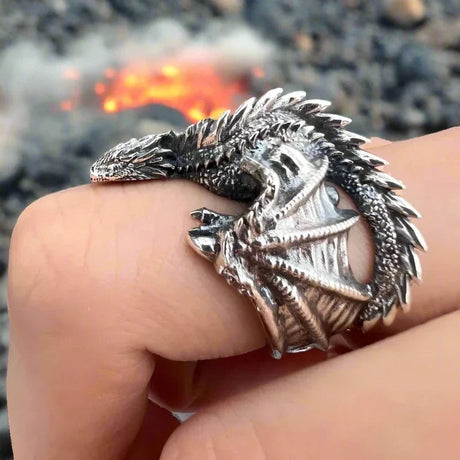The bearded axe is one of the most recognizable tools and weapons in Viking history, famed for its distinctive shape and versatile functionality. Both practical and lethal, this axe was used by the Norse people not only in battle but also for everyday tasks such as woodworking and shipbuilding. Its unique design, particularly the elongated lower blade, made it an essential tool in Viking society. Today, the bearded axe is admired for its craftsmanship, historical significance, and cultural impact.
In this blog, we will explore the design, purpose, and legacy of the bearded axe. Whether you're a history enthusiast, a craftsman, or someone simply intrigued by the weaponry of the Vikings, this in-depth look at the bearded axe will offer you valuable insights into why this tool continues to captivate people today.
What Is a Bearded Axe?
The bearded axe derives its name from the elongated lower section of the blade, known as the "beard." This distinctive shape extends below the axe head, allowing for a variety of functions that a typical axe could not easily perform. The beard adds both versatility and balance, making the axe suitable for different purposes, from fighting in combat to working on wood.

What Is a Bearded Axe?
Defining Characteristics of the Bearded Axe
What sets the bearded axe apart from other axes is its design. Let’s break down its key characteristics:
-
The Beard: The most defining feature of the bearded axe is, of course, the beard. This part of the blade extends downwards, giving the axe a much larger cutting surface without making the axe too heavy. It also makes the axe highly versatile, allowing it to be used for both cutting and hooking movements in battle.
-
Weight and Balance: Bearded axes tend to be lighter than other types of Viking axes. This makes them easier to wield with one hand, giving the user better control and the ability to perform quick, precise strikes. The beard helps balance the weight of the axe head, ensuring the weapon doesn’t feel cumbersome.
-
Versatility: The design of the bearded axe makes it a dual-purpose tool. In combat, it can be used to deliver deadly strikes, hook an enemy’s weapon or shield, or pull an opponent off balance. Outside of combat, the axe was useful for cutting wood, shaping timber, and even carving finer details on ships or structures.
The History of the Bearded Axe
The bearded axe is closely associated with the Viking Age, which spanned from the late 8th century to the 11th century. It was during this time that the Norse people developed the axe into one of the most iconic tools of their culture. Though it is most often remembered for its role in battle, the bearded axe was a tool used in many aspects of daily Viking life, making it a symbol of both war and work.
The long bearded axe became popular among Viking warriors because it provided a balance of efficiency and lethality. While swords were often reserved for the elite due to their high cost, the bearded axe was affordable and versatile, making it accessible to a wider range of people. Whether for felling trees or felling enemies, the bearded axe proved invaluable to the Vikings.
The Bearded Axe in Viking Warfare
The bearded axe was not only a practical tool for Viking daily life but also a fearsome weapon on the battlefield. Viking warriors carried a variety of weapons into battle, but the bearded axe became particularly renowned for its unique combat capabilities.
How Vikings Used the Bearded Axe in Battle
Vikings were known for their innovative and aggressive approach to combat, and the bearded axe played a crucial role in their success on the battlefield. Warriors wielding the bearded axe could easily switch between offensive and defensive tactics due to its versatility.
Hooking and Disarming
One of the most advantageous aspects of the bearded axe was its ability to hook and pull. In combat, Vikings could use the extended blade to hook an enemy’s shield or weapon, pulling it away and exposing their opponent’s vulnerabilities. Once disarmed, the enemy was at the mercy of the Viking’s next strike.
Breaking Shields
In Viking warfare, shields were an essential part of defense, and warriors often fought in shield walls. The bearded axe was particularly effective in breaking through these defenses. Its sharp, heavy blade could shatter wooden shields or rip them from their bearer's grasp. This made the bearded axe a powerful tool for breaching enemy lines.
Quick, Precise Strikes
Unlike larger two-handed axes, the bearded axe could be wielded with one hand, allowing for faster, more precise strikes. Viking warriors valued speed and mobility in battle, and the bearded axe was light enough to allow them to quickly change tactics or defend against incoming attacks.
The Bearded Axe vs. Other Viking Weapons
Although the bearded axe was a common weapon among Viking warriors, it was not the only one. Vikings also used a range of weapons, including swords, spears, and larger two-handed axes like the Dane axe. Each weapon had its own strengths, but the bearded axe stood out for its balance of versatility and effectiveness.
-
Swords were often seen as status symbols, given their high cost, but they required constant maintenance. By contrast, the bearded axe was more affordable and easier to repair, making it a more practical choice for many Viking warriors.
-
Spears allowed Vikings to strike from a distance, but they lacked the close-range versatility of the bearded axe, which could be used to both strike and disarm opponents.
-
Dane axes were powerful two-handed weapons capable of delivering devastating blows, but their size and weight made them slower to use in battle. The bearded axe, on the other hand, offered a good compromise between power and speed.
The Bearded Axe in Viking Society
While the bearded axe was undoubtedly a lethal weapon in battle, it was also an indispensable tool in the daily life of the Vikings. Beyond its combat applications, the bearded axe was used for a variety of tasks, from cutting wood to shipbuilding. This multifunctionality made it a staple in Viking society.

The Bearded Axe in Viking Society
The Bearded Axe as a Tool for Everyday Life
The Vikings were a practical people, and their tools reflected this. The bearded axe was not just a weapon—it was a vital part of their everyday life. Vikings used their axes to chop wood for building homes and ships, prepare firewood, and craft tools. Its extended blade allowed for more precise cuts, which made it particularly useful for woodworking.
Shipbuilding and the Long Bearded Axe
One of the most important uses of the long bearded axe was in shipbuilding. The Vikings were master shipbuilders, and their iconic longships were integral to their success as explorers, traders, and raiders. The bearded axe was used to shape the planks of wood that made up these ships, ensuring they were lightweight, fast, and seaworthy.
The ability to use the same axe for both shipbuilding and combat highlights the versatility of the bearded axe. Vikings needed tools that could serve multiple purposes, and the bearded axe was an ideal solution.
H3: Farming and Construction
Beyond shipbuilding, the bearded axe was also used in farming and construction. Vikings relied on timber for building homes, barns, and defensive structures, and the bearded axe made it easier to fell trees and shape timber. Its precision and control made it an excellent tool for both rough and fine woodworking tasks.
The Legacy of the Bearded Axe
The bearded axe has left a lasting legacy, not only as a tool and weapon of the Vikings but also as a symbol of their craftsmanship, ingenuity, and strength. Today, the bearded axe continues to capture the imagination of historians, reenactors, and modern craftsmen alike.
The Bearded Axe in Modern Culture
In recent years, the bearded axe has experienced a resurgence in popularity, thanks in part to its depiction in popular media. Television shows like Vikings and The Last Kingdom have brought the imagery of Viking warriors wielding bearded axes to mainstream audiences, inspiring a new generation of enthusiasts.
Additionally, historical reenactment groups and living history events have helped to keep the bearded axe alive, allowing people to experience firsthand how it was used in both combat and everyday life. Modern blacksmiths continue to craft Viking axe historical replicas, using traditional methods to recreate the craftsmanship and artistry of the original axes.
Modern Craftsmanship and the Bearded Axe
Today, blacksmiths and woodworkers are reviving the bearded axe not only for historical reenactments but also for use in modern woodworking and carpentry. Many modern craftsmen appreciate the axe’s versatility and balance, making it a popular tool for both hobbyists and professionals.
Some craftsmen have even adapted the traditional design of the bearded axe to create new tools that blend Viking aesthetics with modern functionality. These axes are often made with high-quality materials like carbon steel and hickory wood, ensuring they are both durable and beautiful.
Bearded Axes for Sale: Choosing the Right Axe
If you’re interested in owning a bearded axe, there are many options available for purchase today. Whether you’re looking for a functional tool, a display piece, or a replica for historical reenactments, there are several factors to consider when choosing the right axe.
Factors to Consider When Buying a Bearded Axe
Authenticity
If you’re a history enthusiast or reenactor, you may want to look for an authentic bearded axe replica that closely follows traditional Viking designs. Many blacksmiths create axes based on historical findings, ensuring that they capture the look and feel of the original axes used by Vikings.
Material and Craftsmanship
The quality of the materials used in the construction of your bearded axe is crucial. Look for axes made from high-carbon steel, which is known for its durability and ability to hold a sharp edge. The handle should be made from sturdy hardwood, such as hickory or ash, which can withstand repeated use.
Purpose
Consider how you plan to use your bearded axe. If you intend to use it for woodworking or other practical purposes, make sure to choose an axe that is designed for functionality. If you’re purchasing it as a display piece or for historical reenactments, you may prioritize aesthetics and craftsmanship over practical use.

